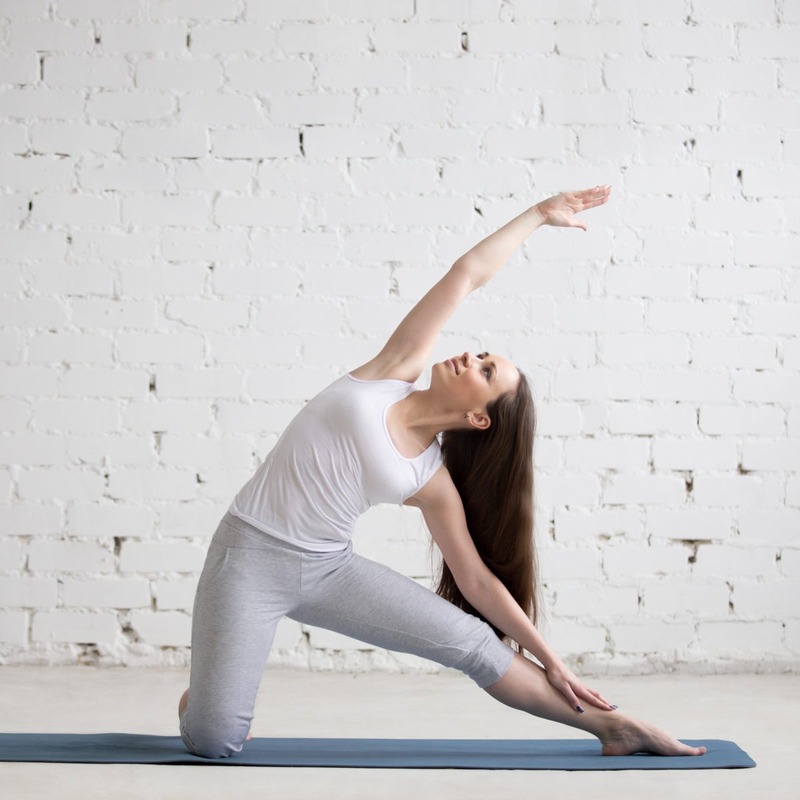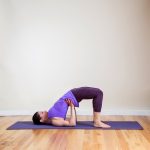Introduction to Gate Pose Yoga
Yoga Gate Pose, or Parighasana, is a foundational stretch that offers numerous benefits for the body. Named after the Sanskrit term for a gate’s bar, this pose emulates the shape of a barrier in its final form. It serves not only as a stretch but also as a preparatory posture for more complex asanas. This side-bending exercise targets the body’s lateral aspects, extending from the hips to the shoulders, enhancing flexibility and strength.
Practiced widely in yoga studios, Gate Pose is accessible to students of varying levels, from novices to seasoned yogis. It’s a versatile pose that can be adapted with modifications to accommodate different needs or challenges within a yoga practice. Incorporating Gate Pose into regular sessions contributes to better posture, reduced tension, and improved balance in the body’s overall structure.
Physical Benefits of Practicing Gate Pose
Gate Pose Yoga stretches and strengthens vital areas of our body. It enhances flexibility and promotes better posture.
Stretching Key Muscle Groups
Performing Gate Pose stretches the muscles along the side of the torso. It targets the abdominal muscles, spine, and hamstrings. This stretching supports a flexible body and eases muscle tension.
Enhancing Respiratory Function
The practice of Gate Pose can benefit your breathing. It stretches intercostal muscles, aiding in deeper breaths and better lung capacity. This may help relieve respiratory issues like asthma.
Benefits for Pregnant Women
For expecting mothers, Gate Pose is especially beneficial. It gently stretches the abdomen, offering more space for the growing baby. This can help alleviate discomfort due to pregnancy.
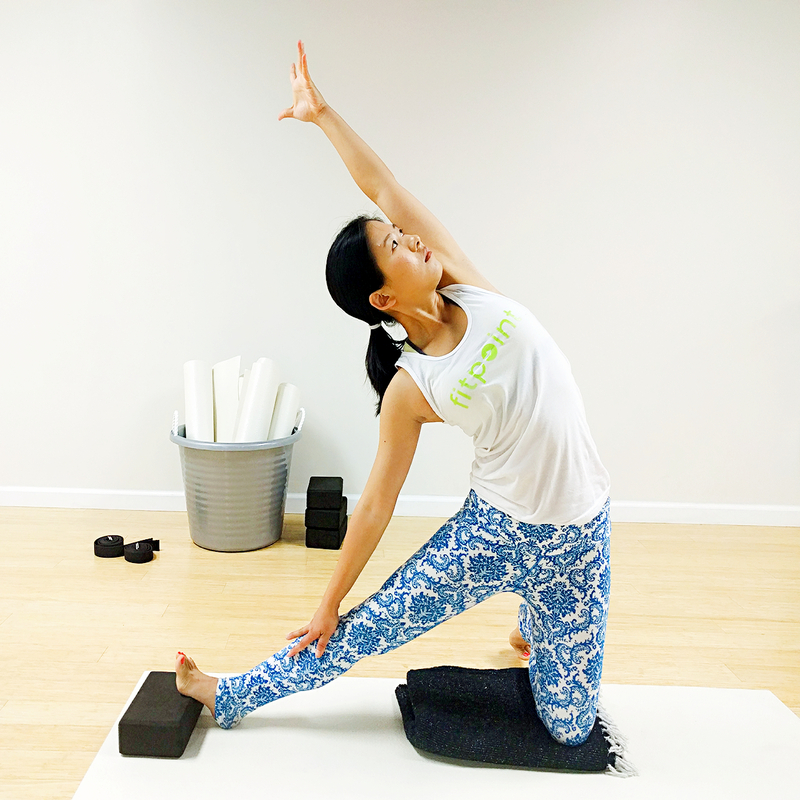
Precautions and Contraindications
While Gate Pose Yoga is beneficial, caution is necessary to prevent injury. Before practicing Parighasana, be mindful of your body’s limitations and any health conditions that might affect your ability to perform this pose safely. Here are some important precautions and contraindications to consider:
- Avoid Gate Pose if you have a knee injury: If you have had a recent knee injury or are currently experiencing knee pain, it is best to skip Gate Pose to avoid further strain. For those with knee concerns, consulting with a knowledgeable instructor for modifications is advised.
- Be cautious with neck injuries: In case of a neck injury, keep your gaze forward rather than turning it upwards to prevent additional stress on the neck.
- Listen to your body: Always practice within your comfort range and avoid pushing your body beyond its limits. If you feel pain or discomfort, gently exit the pose and consult with a professional.
- Seek medical advice when necessary: If you have medical conditions, it is essential to talk with your doctor or a healthcare provider before including Gate Pose in your yoga practice.
- Pregnancy considerations: Pregnant women can benefit from Gate Pose, but should adjust the pose for comfort and to accommodate their changing bodies. Guidance from a yoga instructor experienced in prenatal yoga is recommended.
Always prioritize safety and well-being in your practice, and don’t hesitate to use supportive props or seek alternative poses if needed. By taking these precautions, you can enjoy the benefits of Gate Pose Yoga without risk of injury.
Step-by-Step Instructions for Performing Gate Pose
Starting Position
To begin Gate Pose, kneel on a mat with a straight back. Keep your knees close and sit back on your heels. If you have knee discomfort, place a folded blanket under them for cushioning. This starting position prepares your body for the stretch to come.
Execution of the Pose
From the starting position, extend your right leg to the side. Keep your foot flat and in line with your hip. Inhale deeply and lift your arms to shoulder height, palms facing down. Slowly slide your right hand down your leg, avoiding pressure on your knee. As you exhale, reach over with your left arm, creating a deep side stretch. Look up to intensify the stretch, or ahead if you have neck issues. Hold for a few breaths, then carefully return to the starting position. Repeat on the opposite side to balance the stretch.
Tips for Proper Alignment
It’s important to keep your body aligned during Gate Pose. Ensure your extended leg is straight and your toes are pointing forward. Keep your torso in line with your thigh, and avoid bending forward or backward. Press your foot firmly into the ground to stabilize yourself. As you side bend, reach evenly through both sides of your body to keep the stretch balanced. Remember to breathe deeply and move within your comfort range to gain the benefits without strain. Each step should be performed with mindfulness for a safe and effective practice.
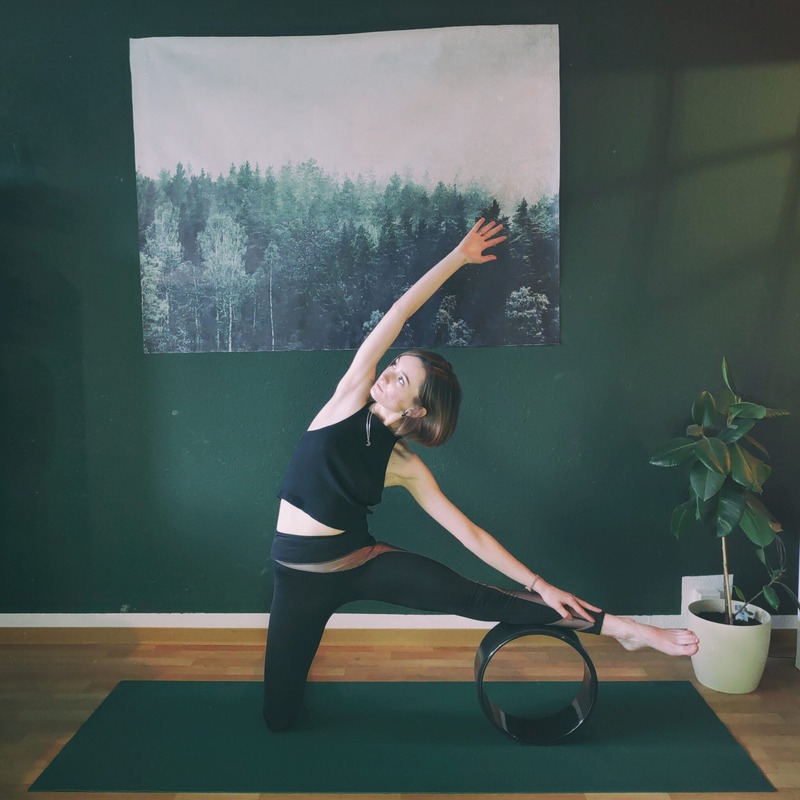
Modifications and Variations
Gate Pose Yoga, or Parighasana, adjusts to fit various skill levels and physical conditions. Let’s explore modifications and variations suitable for different practitioners.
For Beginners or Those with Injuries
If you’re new to Gate Pose or have an injury, try these modifications:
- Place a folded blanket under your knees for extra comfort.
- Rest your extended leg’s foot against a wall if you can’t press it flat on the floor.
- Instead of reaching overhead, keep your top arm on your hip to reduce strain.
- Use a chair for support if balancing is difficult. You can do the pose seated with one leg stretched out.
These modifications ensure a safe and enjoyable practice, minimizing the risk of pain or injury.
Advanced Variations
For experienced yogis, deepen your practice with these advanced variations:
- From the extended position, try touching the floor beside your foot with your lower hand.
- Reach your top arm beyond your ear towards your extended foot, increasing the side stretch.
- Transition into a bind, wrapping your top arm behind your back to grab your extended leg’s thigh.
These advanced moves add intensity, enhance flexibility, and challenge balance. They require more strength and stability. Work into them slowly to avoid injury and ensure proper form is maintained.
Complementary Poses and Sequences
To enhance your gate pose yoga practice, complement it with poses that warm up your body and deepen the stretch.
Warming Up with Kneeling Crescent Moon
Before gate pose, warm up with kneeling crescent moon. Kneel with your back straight. Interlace your fingers, raise your arms, and lean to one side. Repeat on both sides. This pose prepares your muscles for gate pose.
Transitioning to Side Plank
From gate pose, transition to side plank to strengthen your core. Place your hand on the ground and lift your body sideways. Keep your core tight and body straight. Side plank builds balance and stability.
Incorporating Forward Folds and Twists
After gate pose, try forward folds and twists. They stretch your hamstrings and spine. Bend at your hips, reach for the ground, and twist gently from your waist. This complements the side stretch of gate pose.
These poses prepare your body for gate pose and enhance its benefits. Practice them mindfully.
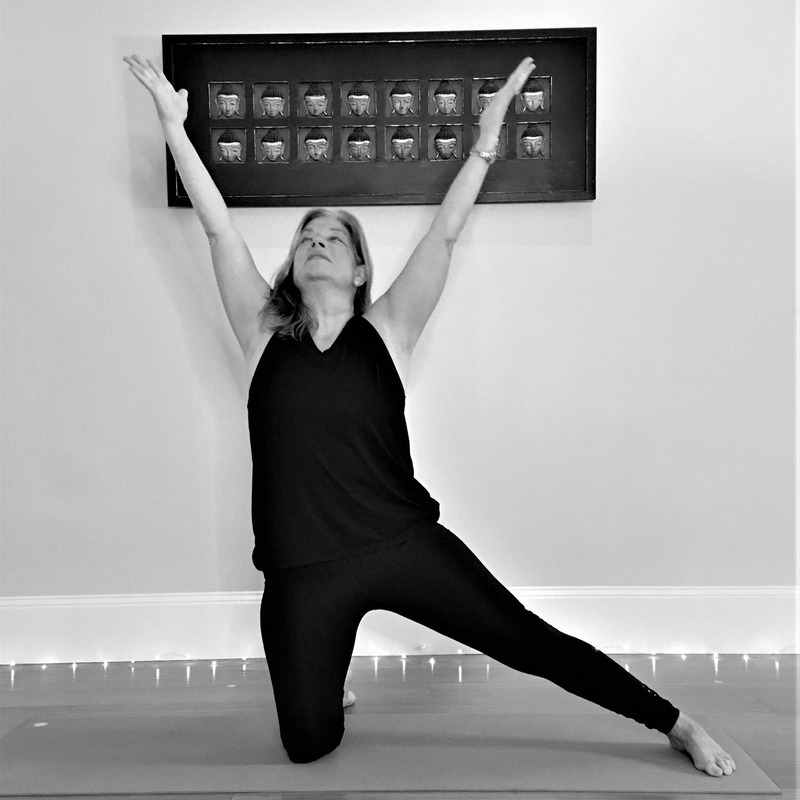
Conclusion: Integrating Gate Pose into Your Yoga Practice
Gate Pose Yoga, known as Parighasana, is a versatile stretch suited for all practitioners. To integrate it into your routine, start by adding it to your warm-up or cool-down sequences. This will prepare and restore your muscles before and after more demanding poses. If you are focusing on side stretches, include Gate Pose in a sequence with poses like Extended Triangle or Extended Side Angle Pose.
For a balanced practice, alternate sides when performing Gate Pose to maintain symmetry in your body. Remember to use modifications if needed and listen to your body’s feedback. Gradually, you can increase the duration or complexity of the pose as your flexibility and confidence grow. By regularly practicing Gate Pose, you can enjoy the physical benefits such as enhanced respiratory function and muscle flexibility, especially in the torso and legs.
Furthermore, Gate Pose is a kind gesture for your body during long periods of sitting. It’s a valuable addition to your desk break routine, helping to stretch out tight muscles and boost circulation. For advanced yoga enthusiasts, experimenting with different variations can deepen the practice and introduce new challenges.
Finally, consistently including Gate Pose in your yoga sessions will expand your practice’s overall diversity and richness. It’s a fundamental pose that offers profound benefits for your mind, body, and spirit. With each practice, aim to create a space for mindful movement and gentle exploration of your body’s capabilities.
